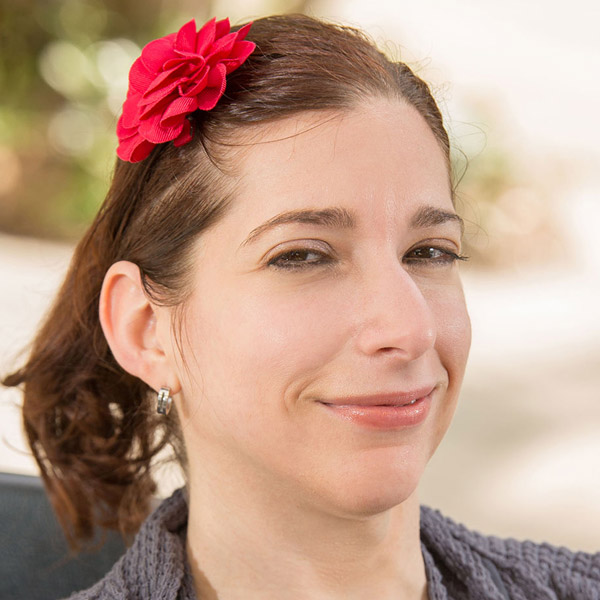The "A" is for Acceptance
Diane Airala - June 9th, 2021
And the time of our second presentation arrived!
Being the second time, some of us felt a little more confident. However, organizing everybody’s work was again a hassle. But to be honest, there was no surprise there.
I have come to think, against popular belief, that in person classes wouldn’t make this task any easier. Working in groups is always tough.
On the first day, the presentations started with Luisa's introduction on Group 1. Luisa is one of our volunteer class leaders, which already shows a lot of initiative and self confidence. Therefore, it was no surprise that her introduction was very organized and her delivery was clear and precise.
During their presentation, Group 1 dove on the topics of Visual and Physical Disabilities. They had an interview with a foot amputee. They also had a very special guest, someone that is very dear to all Miami Dade College: Dr. of Education Corrinne M. Lockamy.
Ms Lockamy is the Director of the ACCESS department at MDC Hialeah Campus. She, herself, has cerebral palsy. It was very inspirational to hear her talk about her condition knowing that those difficulties haven't stopped her from becoming the Corrinne we know today. As the heart-of-gold and tenacious type of person she is, she turned her life goal into helping other people with disabilities reach their own goals. And for that, Corrine, we all thank you. Some of the members of Group 1 were absent from the presentation, but Laura did an amazing job at taking over for them and going through their slides - Talk about taking one for the Team!
In consequence, I am now determined to cut loose from this speaking habit. I will work on doing so, and I will report back on my progress in this blog after we present our next project. Wish me luck! 🤞🤞
Why am I saying this? Well, in my presentation, I mentioned the many similarities between Autism and Pediatric Traumatic Brain Injuries. What I didn’t do well, was what I did do in the previous sentence...
Autism is a DEVELOPMENTAL disorder. The brain doesn’t develop the way most brains do. And a TBI in the DEVELOPMENTAL years of a person, that is, when the person is an infant, can damage that child's brain in way that it doesn't grow like most brains do. This usually leads to an autism diagnosis. This however, does not happen in patients that suffer a TBI after their brain has fully developed (aka, an adult).
I believe I didn't make this key point clear enough and I want to work on using my words, my intonation and my pauses to ensure that key points are perceived by the audience as key.
The rest of my team did a great job. Special mentions, in my opinion, are: David, who did a wonderful interview and Erick, who presented the case of Temple Grandin. [Dr. Grandin will always be such an idol for me!]
Last but not least, Group 3 did an amazing presentation on Learning disabilities, deaf and hard of hearing. We all enjoyed the interview with one of our classmate’s -Tamiyah’s- uncle. He is hard of hearing, and during the interview, he kept asking his niece to repeat herself. It was funny, heartwarming and informative.
Great job class!! We might be on our way to becoming good public speakers!
As a last remark, I would like to say that this project taught us way more than how to make and deliver a presentation.
Learning about different disabilities has opened our eyes to way more diversity than we knew about. And it has hopefully made us more accepting, more appreciative, more inclusive, more understanding and just better humans overall.









Diane this is the best post I have read!!! Gorgeous and written so well!!
ReplyDelete